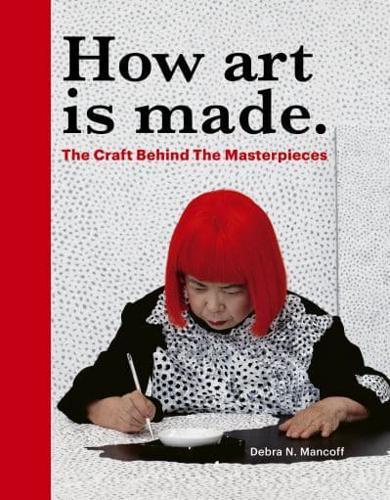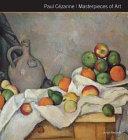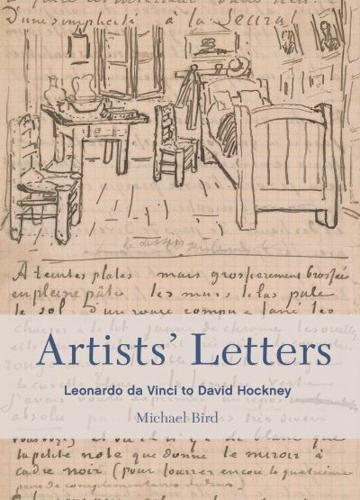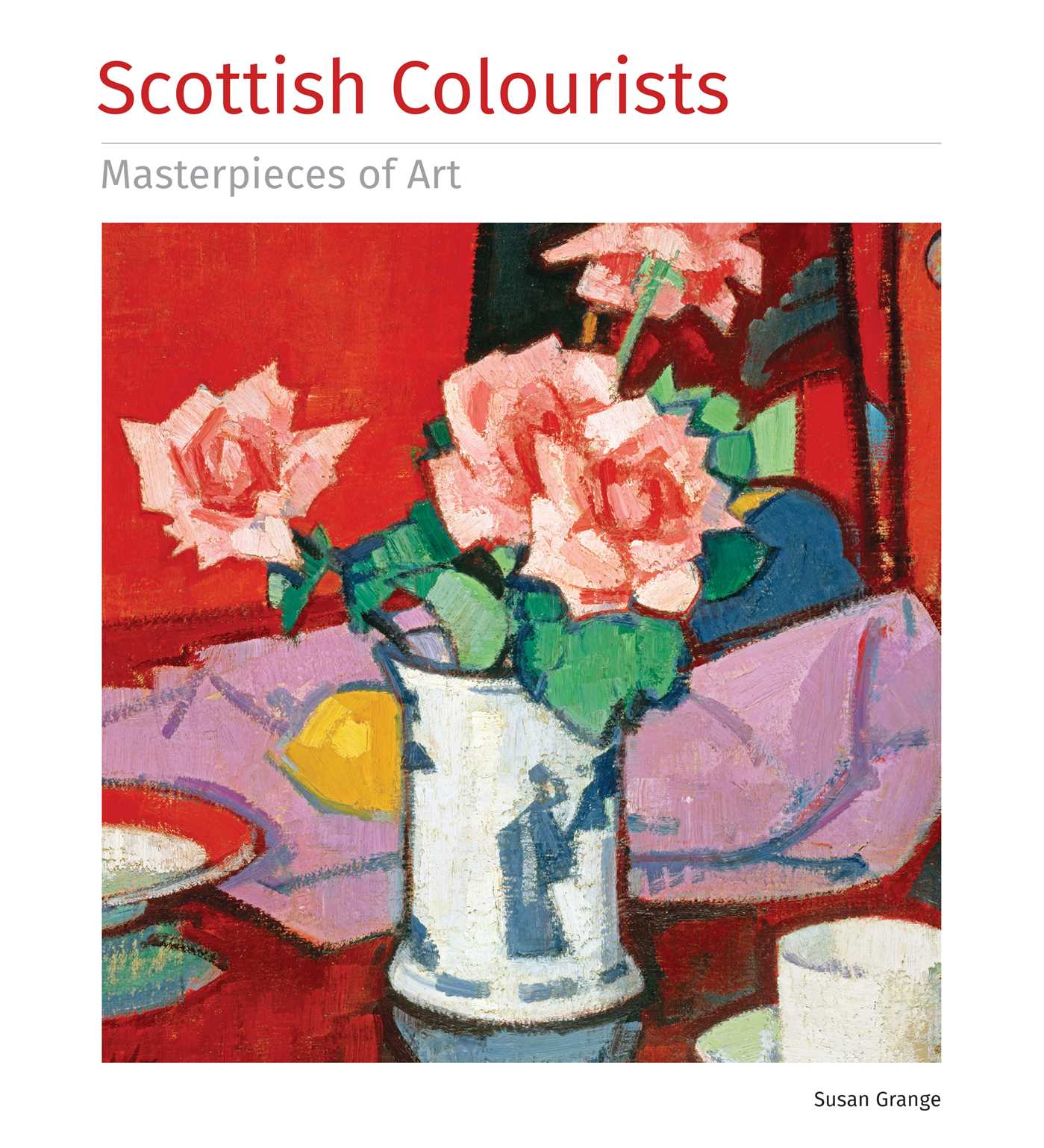Arts , Art History & Theory
Krasner: Modern Masters
Description Lee Krasner never took the easy way out -- not in life, not in art. Brought up in a poor Brooklyn neighborhood and originally named Lena Krasner by her immigrant parents, she decided early on to create a new name and a new identity for herself. Later, as one of the few female painters in the aggressively male circle of Abstract Expressionists, she had to contend not only with the critics' skepticism about their new way of making art but also with the skepticism that greeted any woman's attempts to become a professional artist. Many of Krasner's male colleagues -- including her husband, Jackson Pollock -- developed a unique "signature" style that identified them throughout their careers. Krasner, however, experimented with one style after another, from her early geometric abstractions (created while she was one of Hans Hofmann's most talented students), through her large-scale organic images of mid-career, to the hard-edge compositions of her late years. Certain elements recur throughout -- most notably, her distinctive sense of color, her affinity for swelling forms inspired by nature, and her fearlessness in experimenting with new techniques. Krasner's unwillingness to stick to one style, her readiness to put her career aside to focus on Pollock's, and her feuds with some of the period's most powerful critics all reduced her visibility in the art world. She has been the subject of exhibition catalogs, but this is the first monograph devoted to her work, and it brings to light all the intriguing complexities of her approach to making art. Dr. Robert Hobbs skillfully explores the twists and turns of her career, offering new information and insight about one of the most intriguing painters of the postwar era. About the Modern Masters series: With informative, enjoyable texts and over 100 illustrations -- approximately 48 in full color -- this innovative series offers a fresh look at the most creative and influential artists of the postwar era. The authors are highly respected art historians and critics chosen for their ability to think clearly and write well. Each handsomely designed volume presents a thorough survey of the artist's life and work, as well as statements by the artist, an illustrated chapter on technique, a chronology, lists of exhibitions and public collections, an annotated bibliography, and an index. Every art lover, from the casual museumgoer to the serious student, teacher, critic, or curator, will be eager to collect these Modern Masters. And with such a low price, they can afford to collect them all.
- Hobbs, Robert Carleton
- Abbeville Press Inc.,U.S.
- 1993
- 128
- Paperback
- 9781558592834
Subcategories












